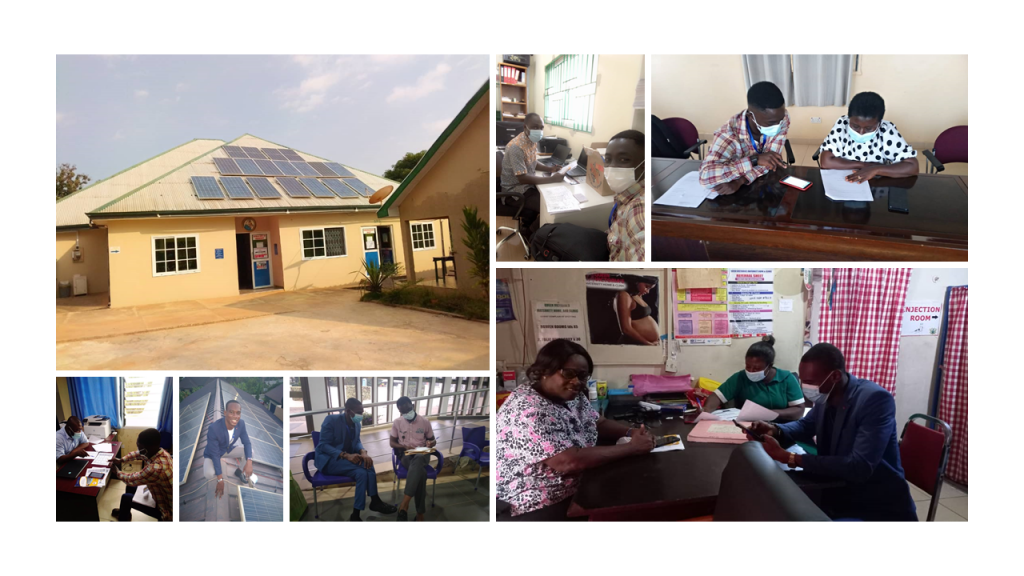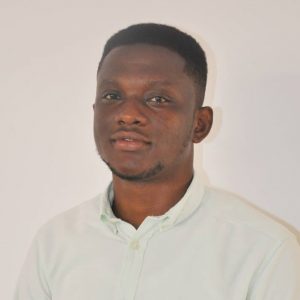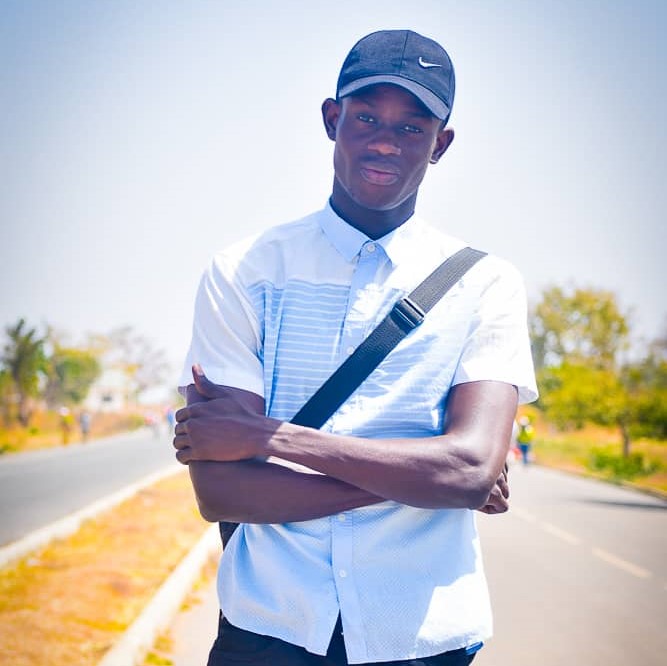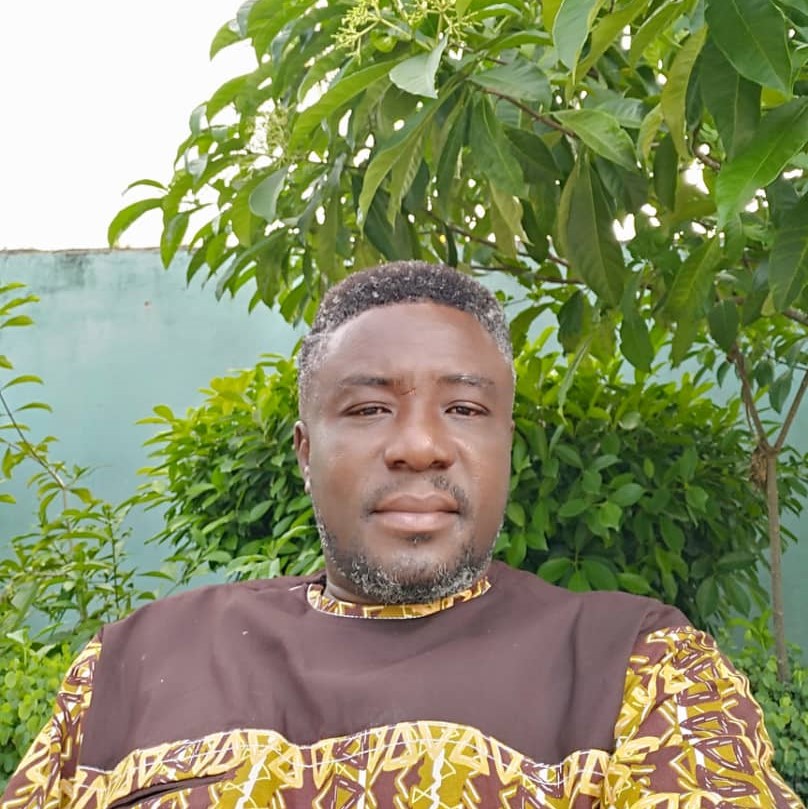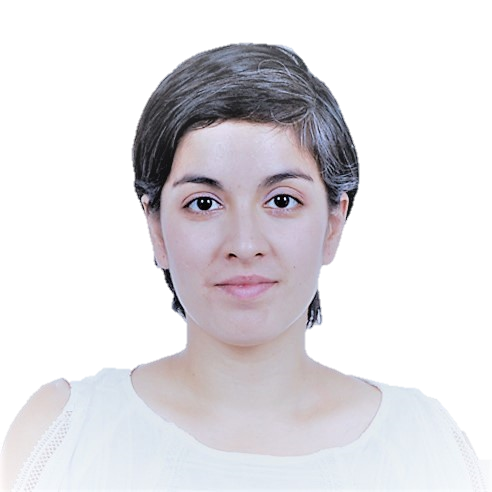Over the course of this summer, ten enumerators conducted the survey at 200 health facilties for the EnerSHelF project. The enumeration was led by Dr. Kennedy Alatinga and Ana Maria Perez. Read more about the data collection in the interview with Ana Maria Perez below. At the end of the interview, you find impressions by the enumerators.
In the first week of September, you finished your data collection at health facilities in Ghana. Did everything go as planned?
I am very happy that we managed to finish the interviews. Overall, we collected the data that we were expecting.
How was the response by the health facilities and their managers to your survey?
It was great! What helped us a lot was the thorough preparation of the survey – which was a lot of work already. Before the start of the enumeration, we contacted the District Health Directorates and the regional directors of the Christian and Faith Based Centers. Those engagement activities prepared them for our visit, which led to a low number of declines of interviews when our enumerators arrived at the health facilities.
What challenges did you face and how were they solved?
The biggest, unexpected challenge was that a significant share of the health facilities selected for the sample were not in operation any longer and we had to select replacements. However, we still managed to reach our intended sample size. Besides that, the remoteness of some facilities was a factor that delayed our progress, but slowly we managed to get all the data we planned for.
What are your first impressions when looking at the data?
In general, there are two aspects that caught my attention right away. First, we didn’t interview a lot of facilities that were not connected to the grid. And second, for the months in which we took the interviews, the power cuts were not occurring often. This is of course affecting the overall perceptions that we measured with the interviews. Another aspect that surprises me was that we got eight facilities in the sample, which already use solar panels for electricity generation. One even has photovoltaic (PV) as its main source of power.
What are your next steps of your analysis?
Currently, I am writing the concepts of two papers. One will focus on theories behind the diffusion of technologies for electricity generation in developing countries. The second one looks at the perceptions and responses related to electricity supply variability, which will be used to explore the diffusion of PVs.
How are you going to combine your findings with the work of the other work packages – especially the technical disciplines?
The team at the Reiner Lemoine Institut will use some of our finding and data to explore the possibilities of having PVs systems to supply health facilities and the surrounding communities. Another team at the Hochschule Bonn-Rhein-Sieg is trying to optimize the use of PVs. They need more input in relation to what indicators potential adapters of PVs are prioritizing. For example, if they prioritize reliability of electricity supply over the cost of a PV system.
A special thanks to all our enumerators. Without their input, motivation, and endurance, the data collection would not have been possible.
The enumeration was led by Dr. Kennedy Alatinga and Ana Maria Perez.
Impressions from the data collection by our enumerators
“The survey gets interesting day by day as I get in touch with new people and new issues. The Directors of the various facilities are really interested in the project.”
Henry Daitey

“For some facilities finding them was a problem, and for another the problem was meeting someone who can be of help in answering the questionnaire.”
Cedric Darison Mintaaka Wusi

“I managed to interview all my facilities and it was great exercise to get to know places and interact with people”
Donatus Chanagia

“I am in the Northern region now and it is difficult to locate the facilities. The facilities are very far from each other.”
Louis Agao
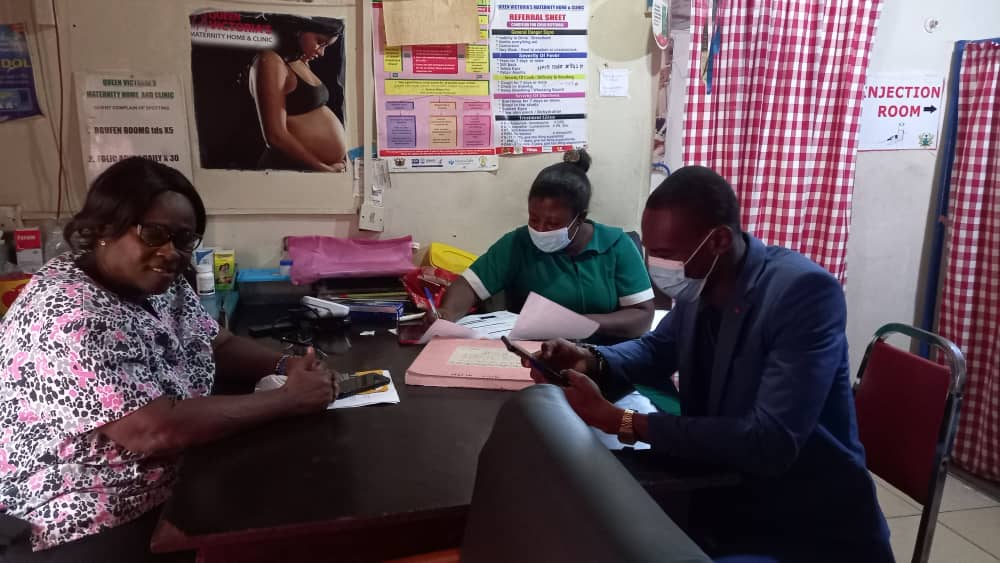
All pictures taken by the enumerators
